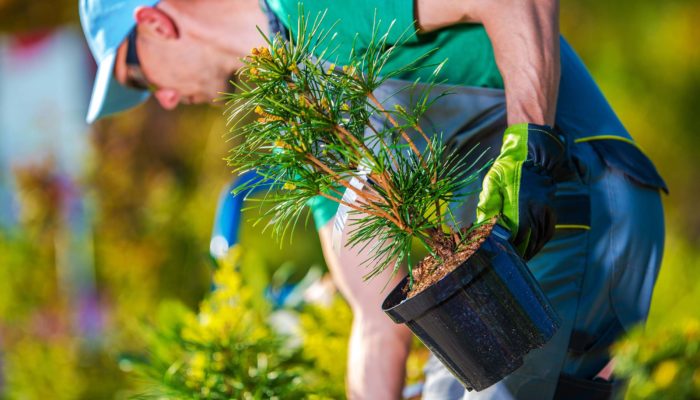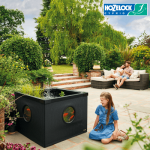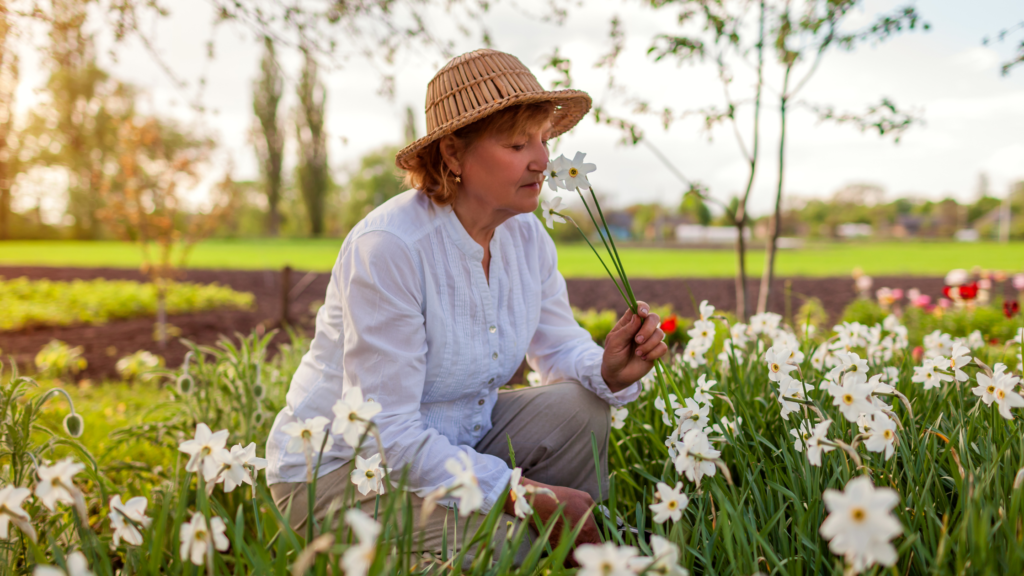In the scorching summer months, finding a cool and shaded spot becomes a priority for both humans and wildlife alike. While many gardeners focus on creating a beautiful outdoor space, it’s equally important to consider the needs of the wildlife that call your garden home. By providing shade for wildlife, you can create a haven for wildlife. In this blog, we’ll explore simple and effective ways to provide shade for the wildlife in your garden.
Planting Trees and Shrubs - Natural Shade for Wildlife

One of the best ways to provide natural shade for wildlife is by planting trees and shrubs strategically in your garden. Native species such as oak, beech, or hawthorn not only offer cooling shade but also serve as valuable habitats for birds, insects, and small mammals. Aim for a mix of trees and shrubs of varying heights to create layers of shade.
Installing Garden Structures - Man-Made Shade for Wildlife

In addition to natural shade, you can enhance your garden’s wildlife-friendly environment by incorporating man-made structures. Consider installing birdhouses, bat boxes, and insect hotels in shaded areas. These structures provide safe nesting spots and resting places for various wildlife species. Place them under the canopy of trees or on shaded walls to make them even more enticing.
Adding a Water Feature - Decorative Shade for Wildlife

Shade and water go hand in hand when it comes to attracting wildlife. Install a shallow birdbath or a small pond in a shaded area of your garden. This will not only offer a cool oasis for birds, amphibians, and insects but also provide them with a much-needed water source during hot weather. Remember to keep the water fresh and clean to encourage regular visits from wildlife. Visit our Aquatics range to help keep your pond clean and healthy.
Creating Wildlife-Friendly Undergrowth

Underneath the shade of trees, create a rich understory of plants that thrive in low-light conditions. Ferns, hostas, and woodland flowers are ideal choices for this purpose. The undergrowth not only enhances the aesthetics of your garden but also provides cover and foraging opportunities for a variety of wildlife, including hedgehogs, birds, and insects.
Planting Climbing Plants - Tall Shade for Wildlife

Utilise vertical space by growing climbing plants against walls, fences, or pergolas. These plants provide both shade and climbing opportunities for wildlife. Ivy, honeysuckle, and clematis are excellent choices, as they offer shade while attracting pollinators and creating hiding spots for smaller creatures. Be mindful of choosing non-invasive varieties to maintain a healthy garden ecosystem.
Our Last Message
Providing shade for wildlife in your garden is a wonderful way to support the local ecosystem while enjoying a cooler outdoor space yourself. By incorporating trees, shrubs, structures, water features, climbing plants, and wildlife-friendly undergrowth, you can create a haven that attracts a wide array of species. Visit the RHS website to select the right plants for your garden. Remember, a diverse and shaded garden not only benefits wildlife but also provides endless opportunities for you to observe and appreciate the wonders of nature right at your doorstep. Start making your garden a cool sanctuary for wildlife today!
We hope you enjoyed reading our blog on how to create shade for wildlife in your garden. If you’d like to get involved, drop us a comment below with your gardening tips!



































